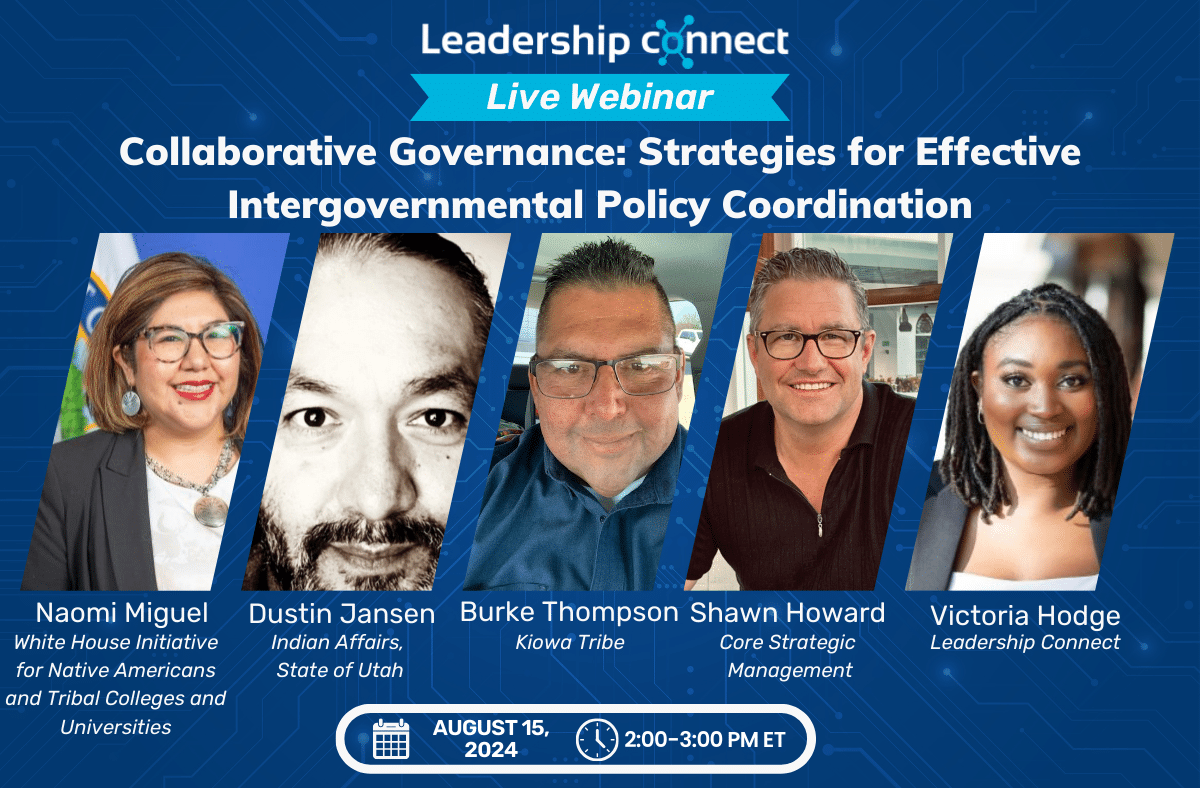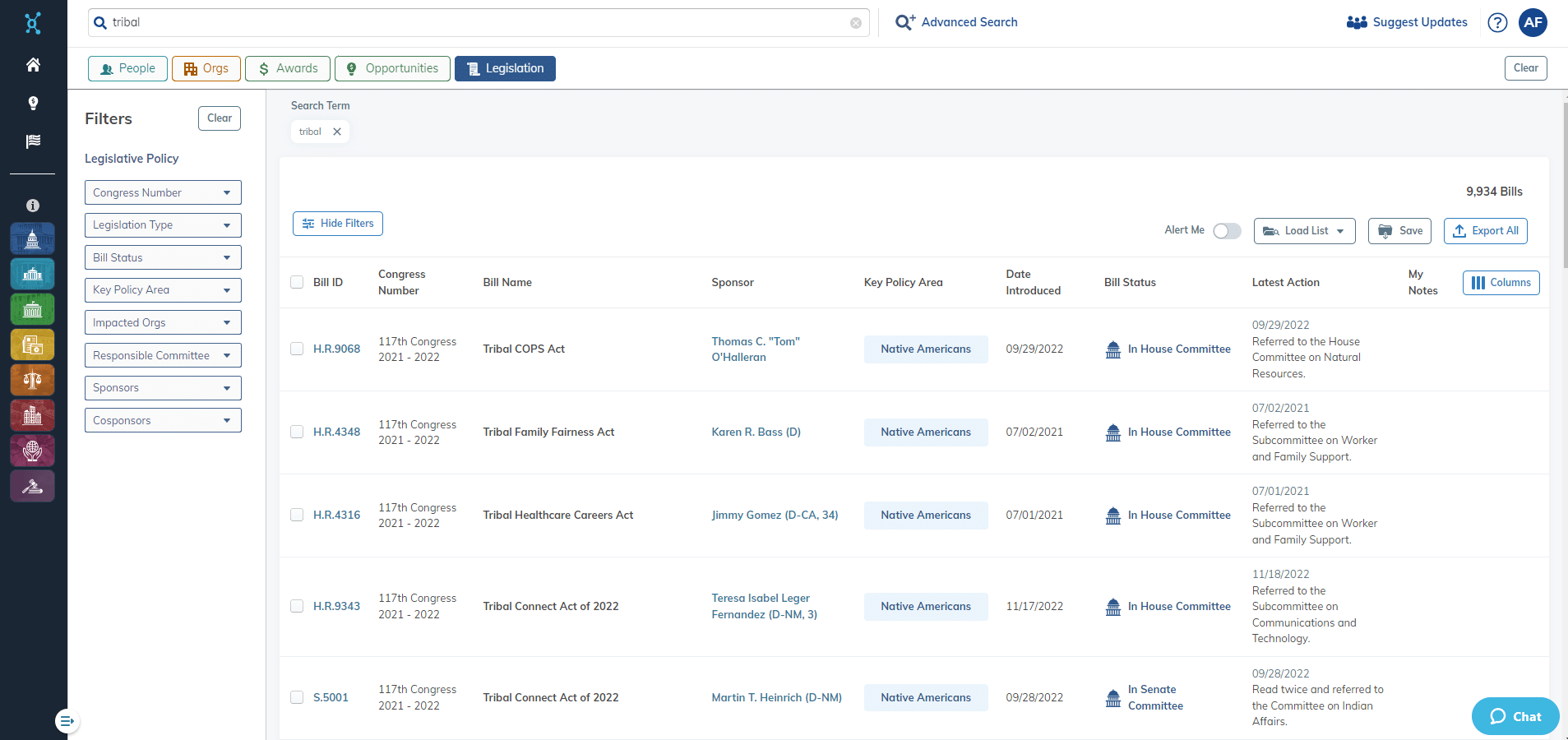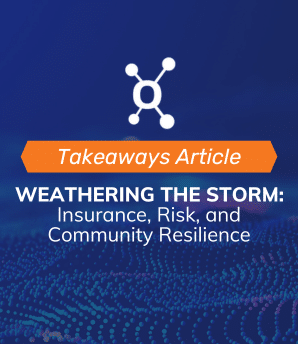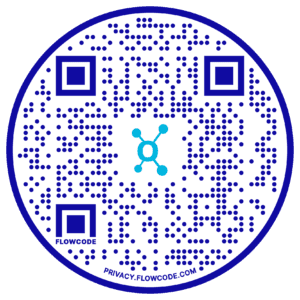On August 15, Leadership Connect hosted a webinar focused on providing valuable insights and strategies for effectively collaborating with Tribal governments. The panel of experts focused on relaying best practices, challenges, and relationship-building techniques to our live audience.

Our diverse panel of experts shared their experiences and the top three pieces of advice for best practices when working with Tribal governments. Missed the conversation? Check out the entire video here.
1.Identify the challenges
Before working with Tribal governments, our panel emphasized that listeners must know the challenges they will likely face. Here are a few examples of those challenges:
According to our audience, the most important issue facing the Tribal community is Economic Development & Political Advocacy. The nature of economic and political issues, particularly the importance of addressing them in tandem when working with Tribal communities, was a key conversation piece that our audiences resonated with during the live discussion.

- Navigating bureaucracy: The need to understand and adapt to the specific bureaucratic processes of each Tribal government and corporate world was stressed as crucial for effective collaboration.
- Education challenges: Listeners learned that a whopping 93% of American Indian and Alaskan Native students attend public schools, yet these students have twice as high of a dropout rate than non-native students. The importance of incorporating Native culture into classrooms was underscored to improve educational outcomes and create safer spaces for Native students displaced by historical and ongoing relocation efforts.
- Understanding Tribal government: Participants were reminded to recognize Tribal governments as political entities rather than merely racial groups, a common misconception that results in challenges for all those involved. The panelists advised focusing on education and communication to foster understanding between Native and non-Native political entities to overcome that challenge.
Overall advice: The importance of education, ongoing learning, and genuine communication was the key highlight in this discussion as prioritizing those efforts to position oneself as a trustworthy ally in good faith is the key to overcoming and navigating challenges alongside Tribal governments.
2. Collaborate and communicate
The session then explored strategies for fostering collaboration and effective communication:
- Establish Tribal liaisons: The role of a Tribal liaison in state or local government is to work with their Tribal government counterpart in building and maintaining relationships. The panel focused on initiating and sustaining introductions between Tribal liaisons and their counterparts even through governmental turnover. The consistent effort to communicate and collaborate between government entities is the best way to establish long-term, mutually beneficial relationships.
- Prioritize interactions: As we heard in the discussion, “It’s hard to hate face-to-face.” Consistent, genuine, and productive personal interactions can break down barriers and foster mutual respect, once again laying the groundwork for positive partnerships to come.
- Pay attention to Executive Orders: The webinar also touched on strategies for following Executive Orders related to Tribal issues and equity. For example, there was an Order regarding educational equity. Staying on top of these Orders and being ready to implement them is a key factor in successfully working with Tribal nations.
- Learn cultural practices: Attendees were encouraged to remain open to learning and understanding cultural practices and differences, which is essential for effective collaboration.
Pro Tip 1: Tribal liaisons can get ahead with Leadership Connect’s Tribal Data. Use our exclusive data suite that includes all Federally recognized Tribes to do proper and adequate research to find the proper Tribal community member to successfully liaise with. Filter through job titles to find the right person the first time.
Pro Tip 2: Use Leadership Connect’s search functions and filters to follow and get alerts on any key legislation impacting Tribal or Native American communities.

3. Strategies for building stronger relationships
The final section of the webinar provided strategies for strengthening relationships with Tribal governments that our audience can incorporate into their daily workflows.

- Virtual relationships: Participants were encouraged to take advantage of virtual tools to build relationships, facilitating conversations that might not be possible otherwise. However, the panelists cautioned that you should not allow virtual relationships to replace in-person interactions entirely but to use them as a stepping stone to more meaningful local engagement.
- Representation and respect: The way you present yourself will color Tribes’ opinions of the office you represent — a positive interaction can lay groundwork for a strong relationship with your office for years to come. The panelists suggested the audience focus on demonstrating respect, a willingness to learn, and sincerity in intentions to avoid or quickly recover from any cultural missteps.






